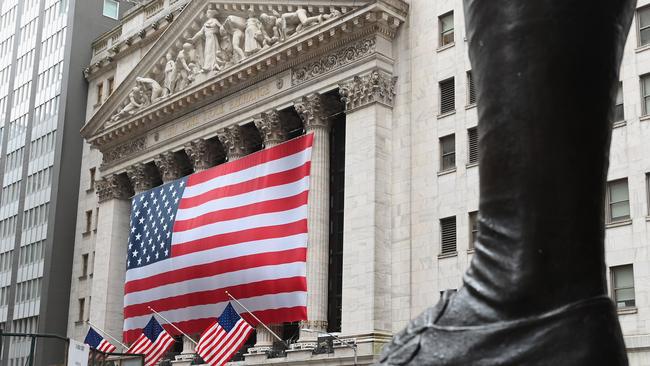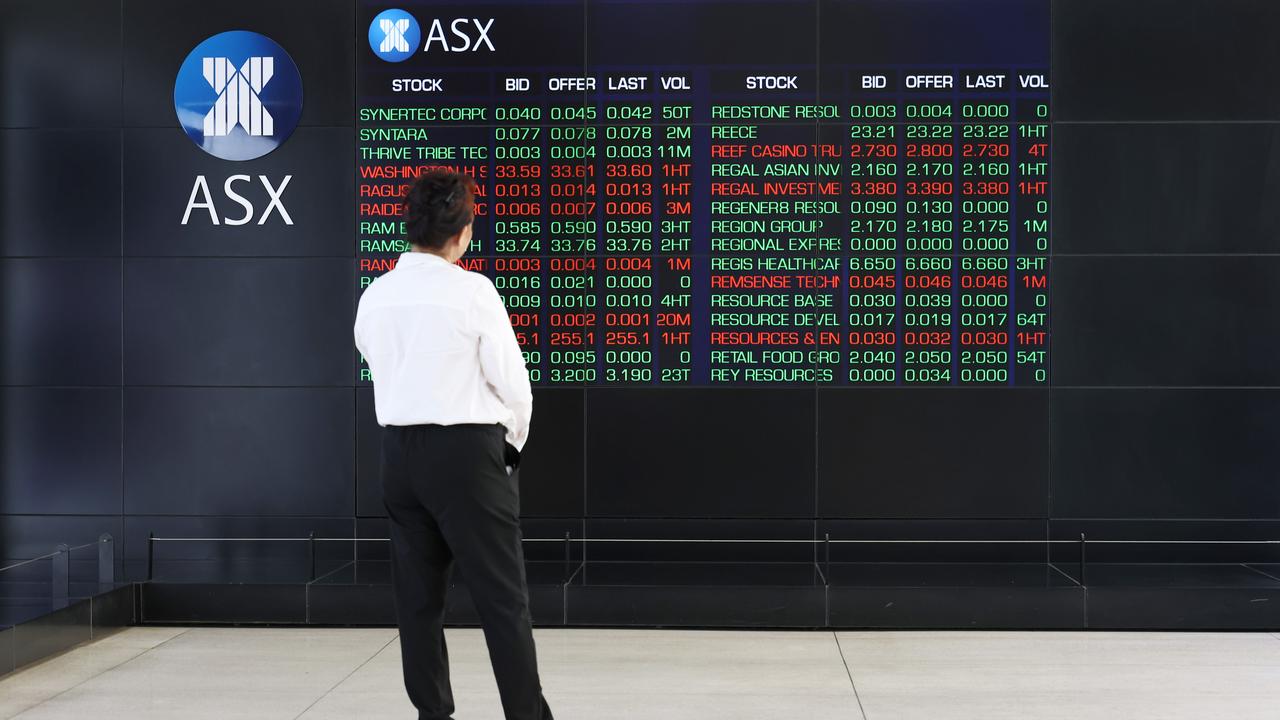US Federal Reserve meeting kicks off trio of threats for investors
A deterioration in liquidity makes large quarter-end rebalancing flows more problematic.

A deterioration in liquidity this month makes large quarter-end rebalancing flows more problematic for US equity markets at a time when investors also face the risk of disappointment on monetary and fiscal policy and the risk of an indecisive election outcome, according to JPMorgan.
While the US equity market rebound over the past week is consistent with the idea that the “froth” from the extreme positions of momentum traders in Nasdaq had been largely cleared by early last week, “this does not mean that is all clear for equity markets going forward”, says JP Morgan’s head of global quantitative and derivatives strategy, Nikolaos Panigirtzoglou.
Starting with the outcome of the Federal Reserve meeting at 4am AEST Thursday, markets are about to face three main risks over the coming weeks — US macroeconomic policy disappointment, negative quarterly rebalancing flows and a closely contested US election.
Whether or not COVID vaccines start to deliver on positive expectations can be added to the list.
Mr Panigirtzoglou expects about $US200bn ($275bn) of negative rebalancing flows in equities this month from entities that tend to rebalance on a quarterly basis — in particular the US defined benefit pension plans, the Norwegian oil fund, and the Japanese government pension plan.
“This is the most negative rebalancing flow since the virus crisis,” he says.
“In our opinion, this negative rebalancing flow becomes even more problematic given this month’s sharp decline in equity market depth.”
JP Morgan’s favoured market depth metric for the S&P 500 mini futures contract — based on the average number of contracts in the tightest bid/ask — deteriorated over the past two weeks from about 100 contracts at the end of August to only 30 contracts currently.
It implies that a given amount of selling or buying will have a bigger impact on prices than before.
“This month’s sharp decline in equity market depth is a reminder of how quickly liquidity conditions can deteriorate in equity markets and raises the risk of more abrupt equity market moves going forward,” Mr Panigirtzoglou says.
Also, ahead of the FOMC meeting, his favoured metric to gauge perceptions about the Fed’s monetary policy stance — the spread between the one and two-year forward points of the US overnight index swaps curve — remains modestly inverted, which is not a good sign.
Indeed it’s a “rather uncomfortable message from rate markets”, the strategist says.
This metric shifted to negative territory after the June FOMC meeting and has hovered near minus 2 to minus 3 basis points since then. In the absence of additional US stimulus — fiscal or monetary — he fears it will turn deeper into negative territory and the front end of the US curve will invert more.
“We had argued before that a shift of that metric to significantly more negative territory, of minus 10 basis points or more which last time was seen in January 2020, would represent a bad omen for risky markets by signalling cyclical and policy risks.”
With the presidential candidate odds remaining close to 50:50, the risk of an indecisive US election result that leads to months of political, legal and constitutional gridlock, sees a “high chance that some investors decide to take some risk off the table into the November 3rd election”.
On the positive side, there has been little deterioration in market liquidity outside the equity space.
And for the medium to long term Mr Panigirtzoglou still sees plenty of upside for equity markets given still low overall equity positioning, “so a retreat in equity and risk markets over the coming weeks would likely represent a buying opportunity”.
This fits with the positive view on a contrarian basis from BofA’s latest Global Fund Manager Survey. According to the survey of 199 participants managing $601bn of assets, the average cash holding rose to 4.8 per cent from 4.5 per cent. BofA says that means investors should stay long equities. BofA’s cash rule says buy equities when cash is at or above 4.5 per cent.
A sell signal is generated when cash falls below 3.5 per cent, implying that investors are “all in”.
BofA’s more sophisticated Bull & Bear Indicator stayed at a “neutral” 3.9 per cent.
Investors should buy when it falls below 2.0 and sell when it rises above 8.0, according to BofA.
Chief investment strategist Michael Hartnett says these indicators of fund manager positioning suggest the S&P 500 will stay in the 3300-3600 range that has held since early August.
He also says a “cyclical rotation within equities is still in an early phase”.
Interestingly, 58 per cent of investors say “it’s a bull market”, up from 25 per cent in May.
Also, for the first time since February, more investors said the global economy was in an early-cycle phase rather than recession and a net 84 per cent said global growth would be higher in 12 months. A record 80 per cent said long US tech and growth stocks was the most “crowded trade”.







